Contents
Strength training is a cornerstone of any well-rounded fitness program. It builds muscle mass, increases bone density, and improves overall functional movement. But navigating the fitness landscape can be confusing, with various training modalities vying for your attention. One common question for beginners: do calisthenics qualify as strength training?
The answer is a resounding yes. Calisthenics, a discipline utilizing bodyweight as resistance, offers a robust approach to building strength. Exercises like push-ups, pull-ups, squats, lunges, and dips are fundamental calisthenics movements, and each packs a significant strength-building stimulus.
Beyond Convenience: The Advantages of Calisthenics
While the accessibility of calisthenics (no gym membership required!) is a major advantage, its benefits extend far beyond convenience. Here’s why calisthenics deserve serious consideration in your strength training program:
Versatility:
Calisthenics offer a diverse range of exercises targeting various muscle groups. From beginner-friendly bodyweight squats to advanced variations like muscle-ups, there’s a challenge for every fitness level.
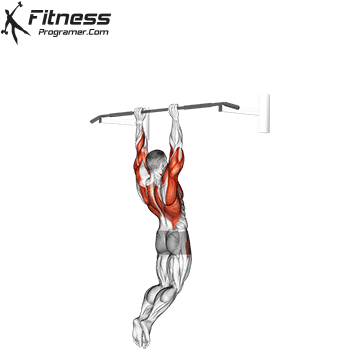

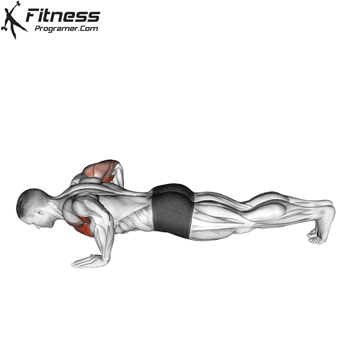
Functional Strength Development:
Many calisthenics exercises mimic everyday movements, translating to improved balance, coordination, and overall functional strength. This translates to better performance in daily activities, from carrying groceries to climbing stairs.
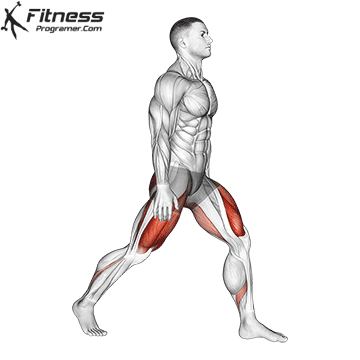
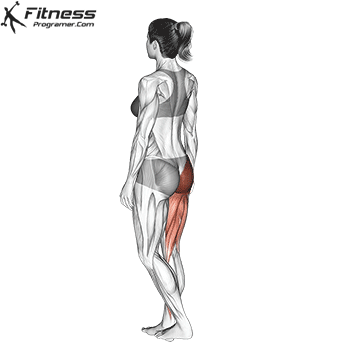
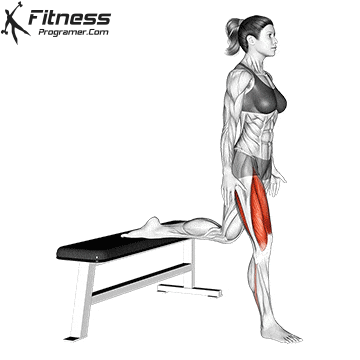
Progressive Overload Potential:
Don’t underestimate your bodyweight! Calisthenics training facilitates progressive overload (gradually increasing difficulty) through variations, increased repetitions, or extended hold times in isometric exercises. This principle is crucial for maximizing muscle growth.

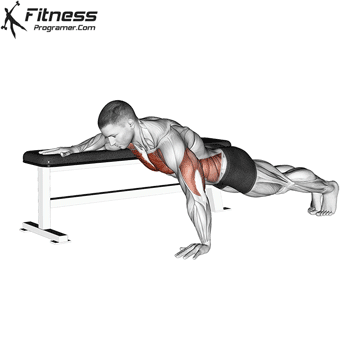
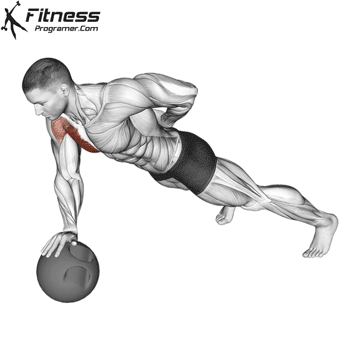
Calisthenics vs. Weight Training: Complementary Strategies
Calisthenics and weight training are both effective strength training methods, but they have distinct characteristics. Weight training allows for easier manipulation of external resistance, facilitating more precise progressive overload for maximal muscle growth. However, with creativity and dedication, calisthenics can achieve similar results through exercise variations and focused training.

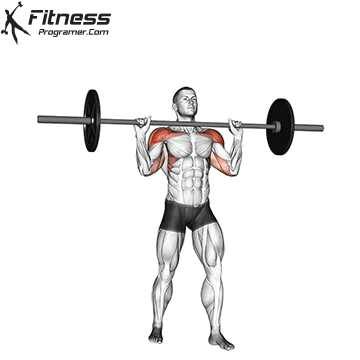
The Synergy of Strength Training Methods
The beauty of fitness lies in its multifaceted nature. Don’t feel limited to choosing just calisthenics or weight training. Many individuals achieve excellent results by incorporating both methods. This combined approach allows you to reap the benefits of both worlds, building strength and muscle while enhancing functional movement. Weight training can help you break through plateaus you encounter in calisthenics variations, and vice versa.
The Takeaway: Embrace Calisthenics for Strength Development
The next time you seek to elevate your strength training program, consider the power of calisthenics. These bodyweight exercises provide a convenient, versatile, and scientifically sound approach to building strength and improving overall fitness. They can be done anywhere, with minimal equipment, making them a great option for beginners, busy individuals, or those who prefer outdoor workouts. So, lace up your sneakers, find a clear space, and unleash your inner athlete – the world of calisthenics awaits!
Beyond Strength: Additional Benefits of Calisthenics
While strength building is a major benefit, calisthenics offer a broader range of advantages. They can improve:
- Body Composition: Calisthenics workouts often burn significant calories, aiding in weight management and body fat reduction.
- Flexibility and Mobility: Many calisthenics exercises require a good range of motion, promoting greater flexibility and mobility throughout the joints.
- Mind-Body Connection: Calisthenics often require focus and coordination, promoting a mind-body connection that can enhance overall well-being.
If you’re looking for a challenging, accessible, and rewarding way to improve your strength, fitness, and overall health, calisthenics is a powerful tool to add to your arsenal.



